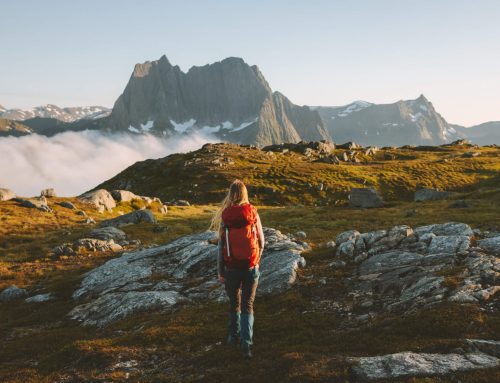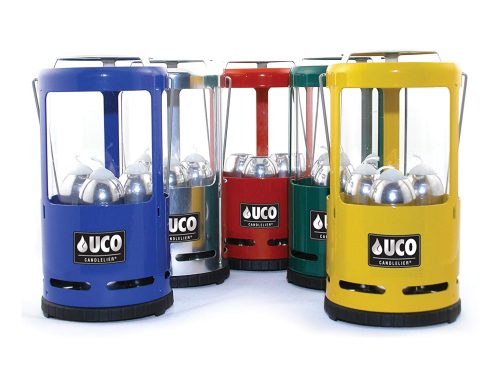When the mountaintop blows, there’s little time to waste, so HOW TO SURVIVE instructs you how to dodge falling debris, listen for a Lahar roar, steer clear of ash, and find shelter in order to survive!
- More than 80% of the earth’s surface is volcanic in origin.
- There are about 1,500 active volcanoes in the world.
- An estimated 5 million people live near these sleeping giants.
- A volcano is 500 times more powerful than an atomic bomb.
When pressure from molten rock builds inside the earth, it can erupt through an opening in the surface. The result: gases, lava, and debris explode into the atmosphere. Tens of thousands of tons per minute raining volcanic terror on those below. Lava is what molten rock is called when it reaches the earth’s surface. It can be thin and quick moving or thick and slow like honey. Hot gases like sulfur and volcanic debris also spew from an eruption. Types of debris:
- Ash – tiny jagged particles of rock and glass no bigger than a pin head.
- Volcanic bombs – masses of lava blown from the crater and hardened into various shapes during midflight.
- Deadly Volcanic Mud Flows known as Lahars – these landslides are created when melted ice, water, or rain mixes with ash or debris and can reach 100 miles per hour.
Anywhere from 50 to 70 volcanoes erupt every year. It’s always best to listen to the authorities and evacuate if necessary. But if you do find yourself in a hot seat when a volcano blows, follow these easy steps to survive:
- Dodge the dangers: if you’re in the open with debris falling, curl up into a ball and protect your head. On hilly terrain, keep below the ridge as the hills can offer protection. If a slow lava flow is coming your way, try to outrun it but never cross an active lava flow. You might be trapped by multiple lava streams.
- Listen for a roar: if you hear lahar roaring toward you, immediately head for higher ground. Avoid canyons as landslides often get funneled through river valleys and steep canyon land. Do not try to outrun a lahar – you’ll only get swallowed up. Instead make every effort to get out of its path. You dodge the mud now.
- Beware of ash: don’t breathe it. Symptoms of ash inhalation include wheezing, shortness of breath, throat irritation, and coughing. Tie a wet cloth or t-shirt around your mouth or nose for protection. Don’t drive on ash covered roads. The ash will clog up your car’s mechanics. In order to avoid ash, you need to find shelter.
- Find shelter: find the safest place you can indoors and stay there. Seal out ash and gases by closing and taping windows, doors, and ventilation shafts, and placing damp towels beneath. Turn off heating and air-conditioning systems. Periodically clear the roof and gutters of ash buildup which weighs up to 22 pounds per square foot when wet. It can cause the roof to cave in. Once ash gets trapped inside, it will be difficult if not impossible to remove. So take off clothing and shoes before reentering the house. When the lava stops flowing and the ash stops falling, you can dust yourself off knowing you just survived.
Remember, if you live in a volcano zone, always have enough supplies on hand. Know the warning signs and follow these easy steps to live through the lava.




